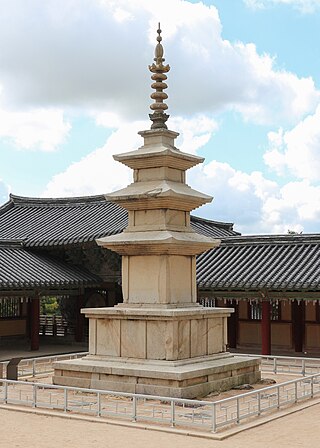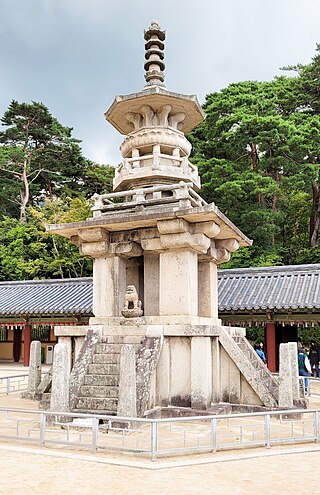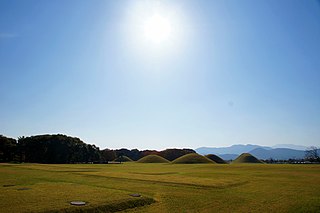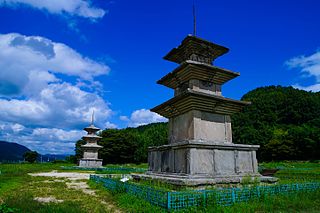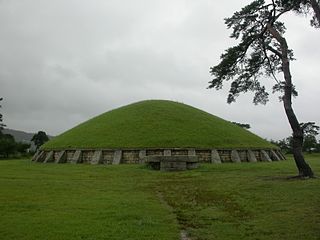10 Sights in Gyeongju-si, South Korea (with Map and Images)
Legend
Welcome to your journey through the most beautiful sights in Gyeongju-si, South Korea! Whether you want to discover the city's historical treasures or experience its modern highlights, you'll find everything your heart desires here. Be inspired by our selection and plan your unforgettable adventure in Gyeongju-si. Dive into the diversity of this fascinating city and discover everything it has to offer.
Activities in Gyeongju-si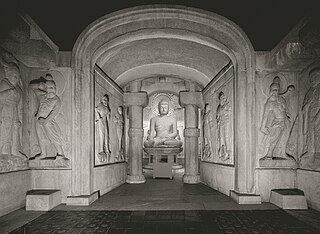
The Seokguram Grotto (Korean: 석굴암) is a hermitage and part of the Bulguksa temple complex in Gyeongju, South Korea. It and Bulguksa are both on the mountain Tohamsan, although the two are separated by distance of around 3 kilometres (1.9 mi). The grotto overlooks the East Sea and rests 750 meters above sea level. In 1962, it was designated the 24th National Treasure of South Korea. In 1995, Seokguram was added to the UNESCO World Heritage List together with the Bulguksa Temple. It exemplifies some of the best Buddhist sculptures in the world.
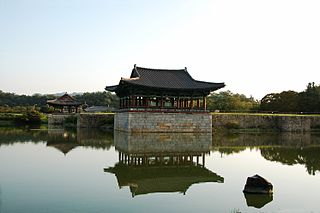
Donggung Palace and Wolji Pond, formerly known as Anapji (Korean: 안압지), is an artificial pond in Gyeongju National Park, South Korea. It was part of the palace complex of ancient Silla. It was constructed by order of King Munmu in 674 CE. The pond is situated at the northeast edge of the Banwolseong palace site, in central Gyeongju. It is an oval shape; 200m from east to west and 180m from north to south. It contains three small islands.
3. Gameunsaji

Gamgeunsa Temple (感恩寺址) is the site of Gamgeunsa Temple, a temple of the Silla period, located at 55-1 Yongdang-ri (龍堂里), Munjeong-myeon, Gyeongju-si, Gyeongsangbuk-do. Designated as Historic Site No. 31 and National Treasure No. 112 of the Republic of Korea on January 21, 1963, this area spanning the Sea of East Sea is one of Gyeongju National Parks.
4. Seokgatap
Seokgatap (Korean: 석가탑) is a stone pagoda in South Korea designated as the 21st National Treasure on December 12, 1962. Its full name is Sakyamuni Yeoraesangjuseolbeop Tap, and is sometimes referred to as the Shadowless Pagoda or the Bulguksa Samcheung Seoktap.
5. Dabotap
Dabotap (Korean: 다보탑) is a stone pagoda located in the Buddhist temple of Bulguksa in Gyeongju, South Korea. From entering the temple through the Cheongun and Baegun Bridge, Dabotap is located on the right side, opposing Seokgatap on the left side. The pagoda is supposed to have been built in 751, the 10th year of the Shilla king Gyeongdeok. It is currently designated as National Treasure no. 20.
6. Bunhwangsa Temple
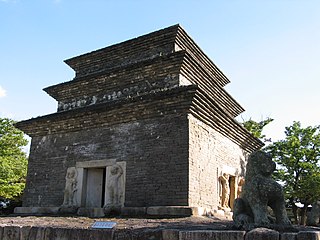
Bunhwangsa is a temple complex from the Old Silla era of Korea. It is located in Gyeongju. The temple is recorded to have been built in 634 under the auspices of Queen Seondeok. Today the temple is still used by a small group of worshipers but in its heyday, the temple covered several acres and was one of the four main temples of the Silla Kingdom used by the state to ask the Buddha to bless the kingdom. The ruins of Hwangnyongsa Temple lay nearby. It is part of the UNESCO world heritage site Gyeongju Historic Areas.
7. Five Royal Tombs in Gyeonju
Orung (五陵) is a mausoleum located about 2km south of Gyeongju, Gyeongsangbuk-do, in the pine forest on the south bank of Muncheon. On August 27, 1969, it was designated as the 172nd Tomb of the Republic of Korea, but it was changed to its current name in 2011.
8. Tohamsan
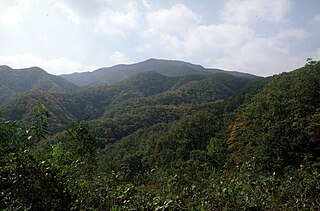
Tohamsan is a mountain with a height of 745 m (2,444 ft) in Gyeongju City in southeastern South Korea. It is part of the minor Dongdae Mountains range. The mountain lies within Gyeongju National Park and is the site of a large number of historic relics. The Silla-era Buddhist shrines of Bulguksa and Seokguram are on its slopes. The mountain stands at the intersection of three subdivisions of Gyeongju: Bulguk-dong, Bodeok-dong, and Yangbuk-myeon. The Sea of Japan can be seen from the peak, as can Gyeongju Basin, which includes the city center.
9. Three-story stone pagoda in Gameunsaji
The three-storied stone pagoda of Gamgeunsa Temple (感恩寺址 東·西 三層石塔) is a three-storied stone pagoda of Silla during the period of the Northern and Southern Kingdoms, located at Gamgeunsa Temple, Munjeong-myeon, Gyeongju-si, Gyeongsangbuk-do. On December 20, 1962, it was designated as National Treasure No. 112 of the Republic of Korea.
10. 경주 신문왕릉
The Tomb of King Sinmun (慶州 神文王陵) is the tomb of the 31st King Sinmun of Silla (reigned 681-692) in Baeban-dong, Gyeongju-si, Gyeongsangbuk-do, South Korea. It was designated as the 181st Historic Site of the Republic of Korea on August 27, 1969.
Share
How likely are you to recommend us?
Disclaimer Please be aware of your surroundings and do not enter private property. We are not liable for any damages that occur during the tours.
